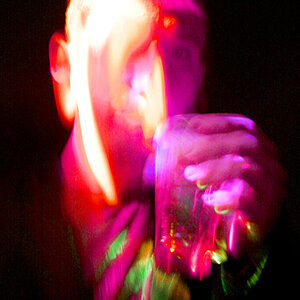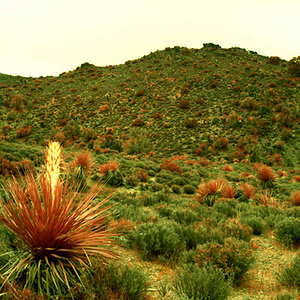pursuer
TPF Noob!
- Joined
- Aug 8, 2004
- Messages
- 1,397
- Reaction score
- 40
- Location
- Canada
- Can others edit my Photos
- Photos NOT OK to edit
There isn't a lot of astrophotography on this forum for obvious reasons and this certainly isn't one of the best examples around but I thought I would share it anyway.
This is an image of the orion nebula that I took a couple of months ago but just completely reprocessed it today.
It is the result of 6X30 second exposures and 1 10 second exposure.
combinded and post processed with Registar, MaximDL, PixInsight and photoshop CS.

Thanks for looking, hope you enjoyed.
This is an image of the orion nebula that I took a couple of months ago but just completely reprocessed it today.
It is the result of 6X30 second exposures and 1 10 second exposure.
combinded and post processed with Registar, MaximDL, PixInsight and photoshop CS.

Thanks for looking, hope you enjoyed.


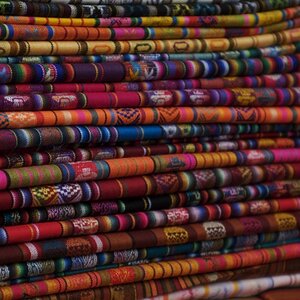
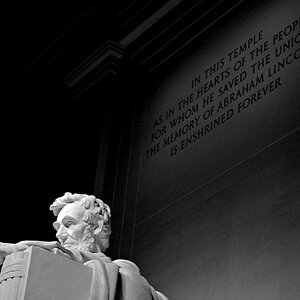
![[No title]](/data/xfmg/thumbnail/37/37523-291af5748bb3a98408cc748fb81bb365.jpg?1619738129)
![[No title]](/data/xfmg/thumbnail/34/34059-47197a726f7089095bae50bfb77d8b1d.jpg?1619736258)
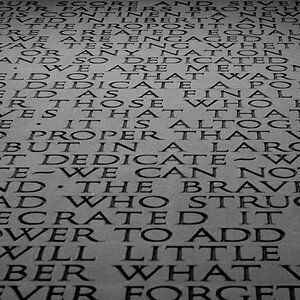

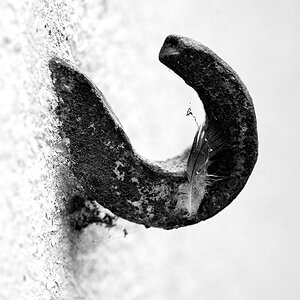
![[No title]](/data/xfmg/thumbnail/34/34058-276eb00b31d5bfacf4028e7f729dc601.jpg?1619736257)
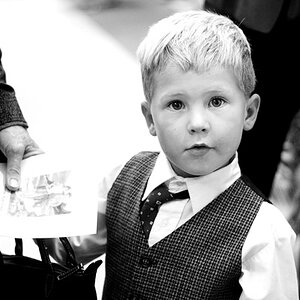
![[No title]](/data/xfmg/thumbnail/37/37520-d3e4d6582aa2781be7abf64e8651db45.jpg?1619738128)
